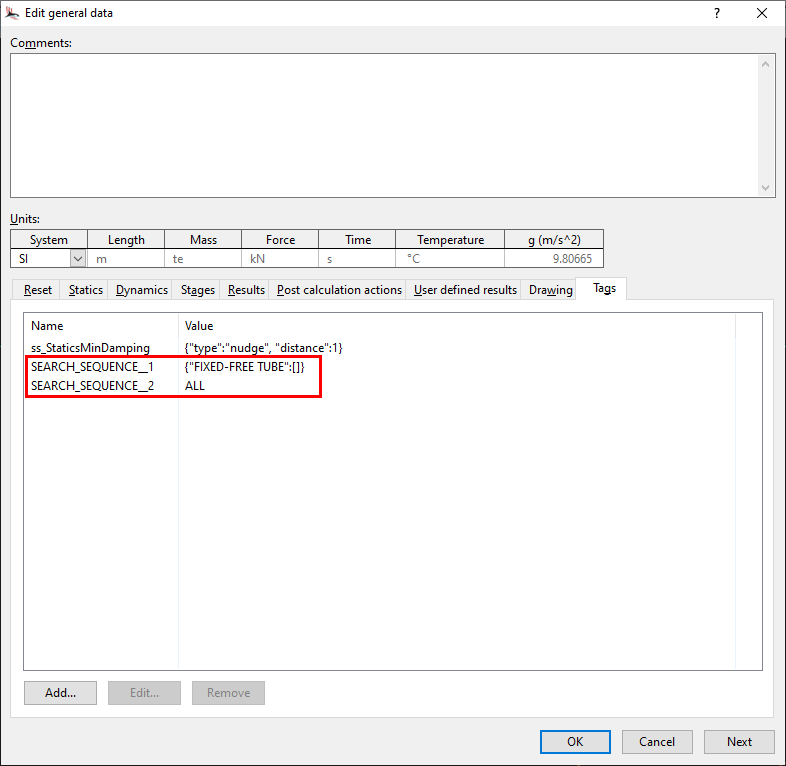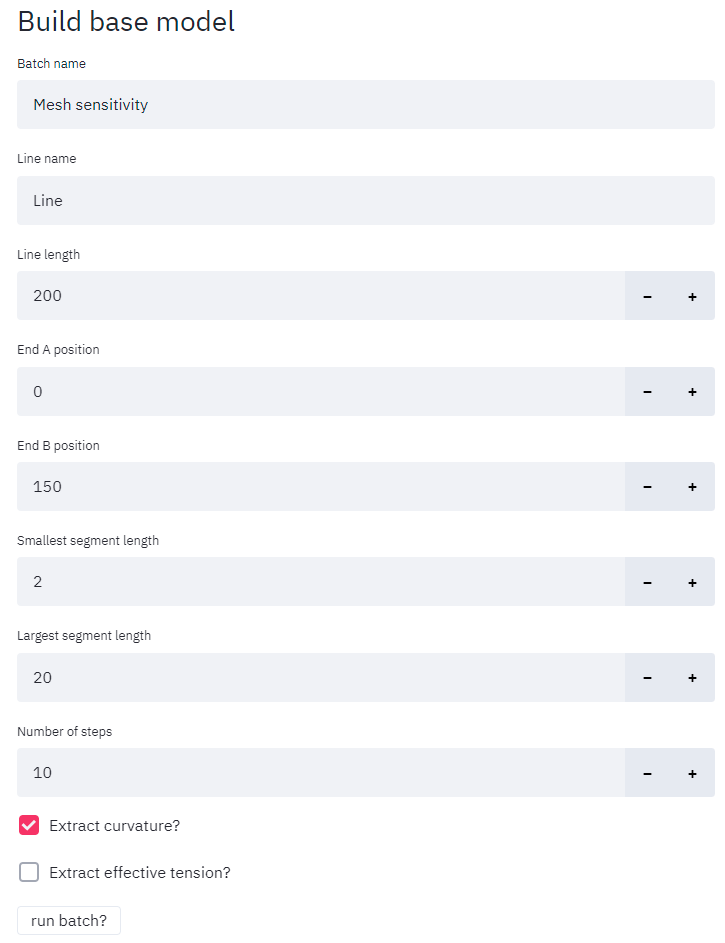
- #ORCAFLEX BATCH POST PROCESSING 64 BIT#
- #ORCAFLEX BATCH POST PROCESSING 32 BIT#
- #ORCAFLEX BATCH POST PROCESSING FULL#
#ORCAFLEX BATCH POST PROCESSING 32 BIT#
32 bit versions of the executables are still included and are fully supported.
#ORCAFLEX BATCH POST PROCESSING 64 BIT#
Version 9.6 now includes 64 bit versions of the OrcaFlex executables. The weighting given to the rotational offsets in the mode, and hence the offset distribution percentages and mode type, depends on the segment lengths used to model the line. In version 9.6a only, there is a flaw in the way the mode offset distribution and mode type is calculated for lines that include torsion. It always displays the first line in the model in spite of any attempts to change the value. The line selection drop down list on the SHEAR7 data form does not function correctly. This command is only meaningful when a simulation is active and so the fix is for the program to report a more appropriate error.Įnabling the Show Trails option on the replay form, whilst a custom replay is playing, leads to an access violation. The ExtendSimulation batch script command leads to a floating point error when executed on a model in the reset state.

For example, empty S-N curve lists, empty load case lists, empty analysis data, etc.

This bug only affects files that contained empty lists. Some fatigue data files using the text YAML format cannot be loaded. The program could, in rare circumstances, report access violation errors when a dynamic simulation fails due to instability. On some machines, but not all, attempts to use shaded graphics fail with a floating point exception. wrk extension, can now be applied by dragging them onto the main OrcaFlex window. The OrcaFlex interface to SHEAR7 now supports SHEAR7 version 4.7. These mode loads are reported in both tabular and graphical form. Modal analysis results now include the loads associated with each calculated mode shape. Dynamic analysis behaviour and results are not affected. This error affects modal analysis results, and therefore any cases where Shear7 or VIVA have been used via OrcaFlex. The effect of attached Flex Joints was included twice, and modal analysis stiffness was therefore lower than the user intended. The modal analysis calculation was incorrectly accounting for flex joint stiffness. This problem only applied to hollow spar buoys or towed fish, and has now been fixed. The point of application of the slam force on a hollow cylinder (non-zero inner diameter) of a spar buoy or towed fish was being mis-calculated. The import procedure has been corrected, and if it does fail (for some other reason) it will at least give a helpful explanation.

#ORCAFLEX BATCH POST PROCESSING FULL#
In some circumstances, importing full QTFs from AQWA files could fail with an obscure error message. out files, into a vessel type which had radians as its phase unit, could result in incorrect values for some QTFs. This issue could only arise if the penetrating node position was exactly at the boundary between two splined line segments. The equal-and-opposite reaction force applied to the splined line in a line contact relationship could be applied at an incorrect node. However, the block on modes file export for such lines was not removed from the batch script code. This was a limitation in older versions, but was lifted in version 9.6a. The command to export SHEAR7 modes file from a batch script was erroneously reporting that the modes file cannot be generated for lines that included torsion. Modal analysis for a model with no lines results in an Access Violation error. This almost always resulted in the simulation failing due to unstabilty. If, during the simulation, one of the lines was released, then the OrcaFlex system solver could, under certain circumstances, incorrectly associate solver degrees of freedom with the line nodes. For example, consider a model with a calculated vessel and three lines attached. The problem only occurred when connections were released during the simulation. Previous versions of OrcaFlex contained a very subtle bug affecting dynamic simulations using the implicit solver. The OrcaFlex spreadsheet is now compatible with Office 2013.

Previously the slam area was always the waterplane intersection area of the cylinder annulus, but for a hollow buoy hitting with its axis parallel to the water surface it is much more reasonable to use slam area equal to the waterplane intersection area of the whole cylinder (outer diameter). The slam area used for slam force calculation was not very reasonable for a hollow spar buoy or towed fish whose axis was not normal to the surface.


 0 kommentar(er)
0 kommentar(er)
